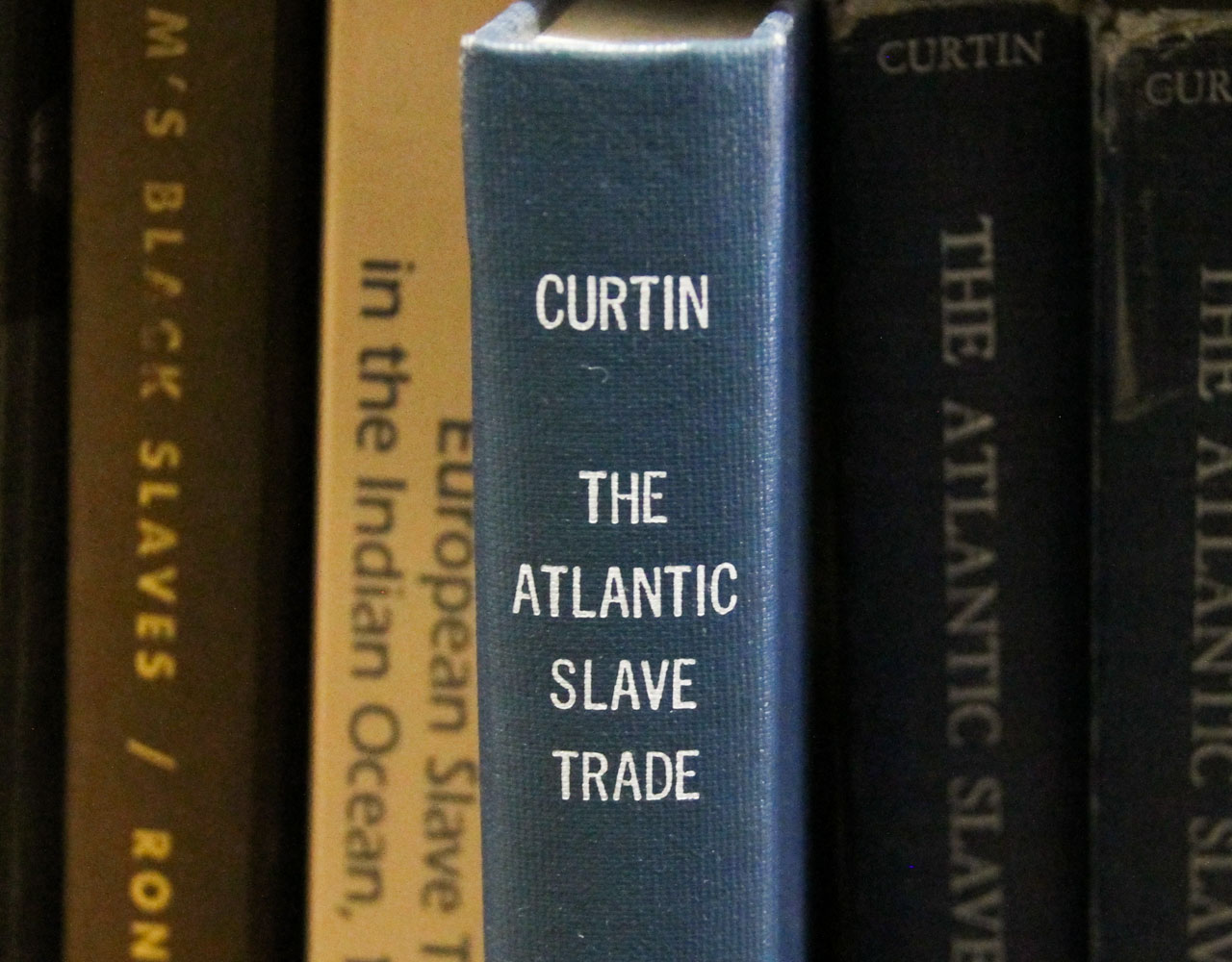An art history professor at McGill University is taking her research on Canada’s slave history to Harvard University for the 2017-18 academic year as the William Lyon Mackenzie King visiting professor for Canadian Studies.
Charmaine A. Nelson will be taking a year off teaching at McGill to conduct more research on Canadian fugitive slave advertisements, while teaching courses in Canadian Art and on Visual Culture of Transatlantic Slavery, according to the McGill Reporter.
In an email, Nelson said that throughout her career she focused on the representation of Black subjects in historical western art, mainly female subjects.
“Since I look at artwork produced in the 18th and 19th-centuries, that has meant that I was dealing with the broader context of Transatlantic Slavery and often examining images of enslaved people,” she said.
She added that within this context, she noticed that scholars would often cite and discuss several types of newspapers notices which listed slave sales, slave auctions and fugitive slave advertisements.
Nelson explained she then began studying them herself and was intrigued by how visual the descriptions in the advertisements were.
“The textual descriptions of things like the dress, bodies, hairstyles, etc., of the fugitives were mainly visual and meant for the readers to create a mental picture with which to spot and re-capture the runaway,” she said.
In an interview with McGill Reporter Nelson said she’s yet to have a Canadian student enter her courses on slavery knowing that slavery happened in Canada.
“Canadians tend not to know our history very well,” she told the McGill Reporter.
Nelson’s course, titled “A Comparative Analysis of Sex, Gender, and Racial Identities in the Transatlantic World,” will examine the “under-explored role of art and visual culture within the histories of Transatlantic Slavery and the Black Diaspora,” according to Harvard’s website.
Her course will also analyze the roles, experiences, and artistic representation of enslaved females and female slave owners.
She said that she is deeply interested in trying to ascertain if the advertisements can be used to track the creolization of enslaved populations—how Africans became African-American.
“While the fugitive [advertisements] are, sadly, the most detailed descriptions we have of enslaved Africans in the [Americas], what is troubling is what they were not able to capture,” Nelson said.
Since colonial newspapers were printed weekly, far more people escaped than were ever written about in the notices, she added.
Nelson explained that if a fugitive was captured quickly or returned of their own will, the advertisement was no longer necessary, therefore reducing the number of archives available to analyze.
“This archive also fails us in the study of female fugitives. Since enslaved females would not run away without their children (or those in their care), far fewer females escaped or attempted to escape,” she said.
Nelson said it’s important to teach Canadian slave history because the history of slavery is not well known in Canada. She added that this has led to a situation where racism today is seen as an aberration and not a part of the histories or legacies of Canadian colonialism and imperialism.
“I am searching, as much as possible for the voices and stories of the enslaved and I hope to convey them, from their perspectives and not those of the people who held them in bondage,” she said.
When asked what the driving force behind her work was, she said she is driven by her desire to “humanize a population that was perpetually dehumanized.”
—With files from Tyler Burgess
Photo by Meagan Casalino






